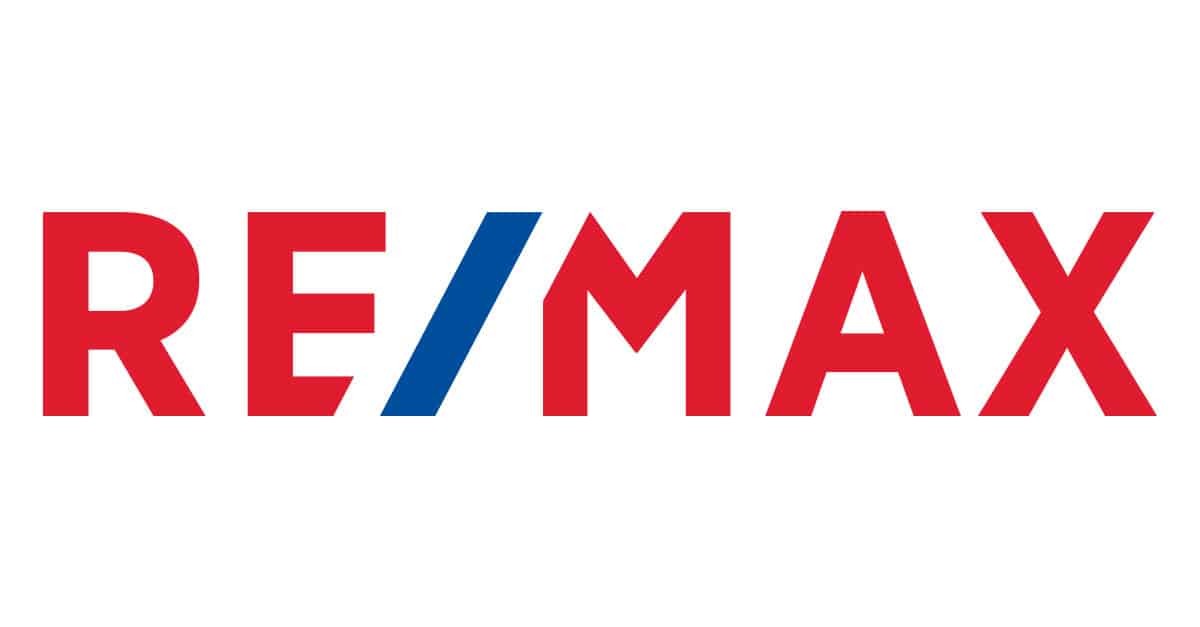Drone Inspections for Energy Infrastucture
Solar Drone Inspection
A drone inspection of a solar farm involves using a drone to evaluate the condition and efficiency of a solar panel array. This process includes programming the drone with a specific flight plan, autonomous flight to capture data and images, and real-time data transmission to a ground station. Specialized software then analyzes this data, identifying issues like panel damage, connectivity problems, and shading, enabling operators to optimize array performance.
Solar Drone Inspections are Perfect For
- Solar farm operators seeking efficient array maintenance.
- Companies needing precise and rapid solar panel inspections.
- Energy professionals focused on maximizing solar array output.
- Teams requiring detailed diagnostics of large solar installations.










Solar Panel Drone Inspection Service
An energy drone inspection of a solar farm can be a fast and cost-effective way to assess the condition of the solar panel array, and can provide a safer alternative to traditional inspection methods that may require workers to access hazardous environments. It can also be used to monitor the performance of the solar farm over time and identify any issues that may affect its efficiency.
A drone inspection of solar panels on a house is similar to a solar farm inspection, but is typically performed on a smaller scale. The drone is used to capture images and data of the solar panels on the house, which are then processed and analyzed to identify any problems or issues. A drone inspection of solar panels on a house can be a useful way for homeowners to assess the condition and performance of their solar panels and identify any issues that may need to be addressed.
Drone Industrial Inspections for Oil and Gas
The oil and gas industry uses drones, also known as unmanned aerial vehicles (UAVs), for a variety of inspections and monitoring tasks.
Drones can provide an efficient and safe way to access hard-to-reach or hazardous environments, and can collect high-resolution images and data that can be used for analysis and decision-making. Drones for industrial inspections help overcome many problems.
- Pipeline inspections: Drones equipped with cameras and other sensors can be used to inspect pipelines for signs of corrosion, cracking, or other damage.
- Tank inspections: Drones can be used to inspect tanks and storage facilities for signs of corrosion, leaks, or other issues.
- Flare stack inspections: Drones can be used to inspect flare stacks, which are used to burn off excess gas, for signs of damage or other issues.
- Drilling rig inspections: Drones can be used to inspect drilling rigs and other offshore structures for signs of wear and tear, and to monitor the condition of equipment such as cranes and derricks.
- Environmental monitoring: Drones can be used to monitor the environment around oil and gas facilities for signs of pollution or other impacts.
Utility Drone Inspections
- Inspections: Drones equipped with cameras and other sensors can be used to inspect power lines, transmission towers, substations, and other infrastructure for signs of damage or other issues.
- Mapping: Drones can be used to create high-resolution maps and 3D models of an area, which can be used for a variety of purposes, such as planning, construction, and analysis.
- Monitoring: Drones can be used to monitor the performance of power plants, transmission lines, and other infrastructure, and to identify problems that may affect the reliability and efficiency of the system.
- Emergency response: Drones can be used to quickly assess damage and plan recovery efforts after natural disasters such as storms, earthquakes, and wildfires.
